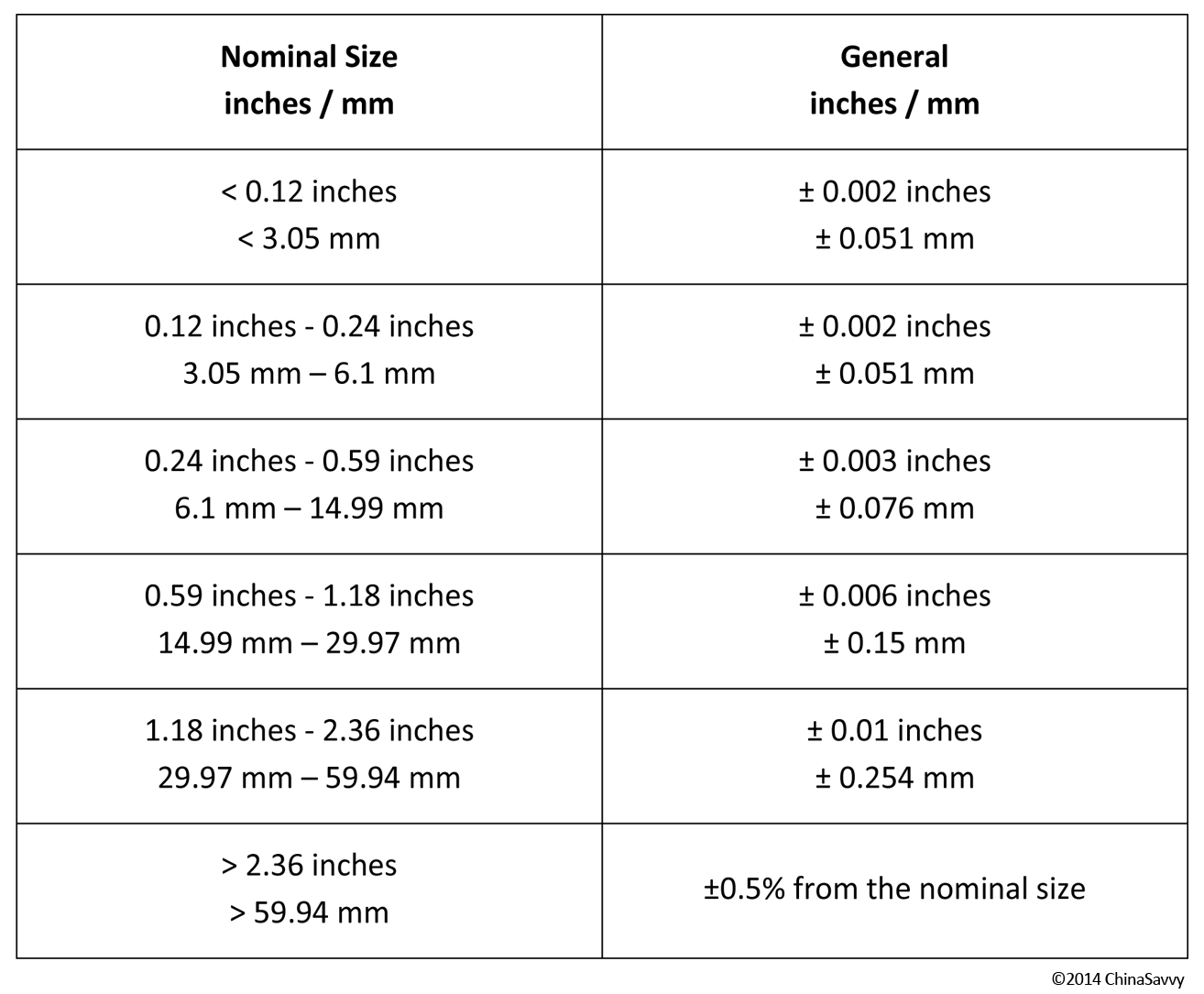Introduction
Analytics has proved to be the most extraordinary process for businesses operating in the technological sector. At a time when the world stands at the cusp of the fifth industrial revolution, the domain of technology is slated to expand scope. We also expect new businesses to tap this potential of technology by looking at it as a commercial venture.
In addition to this, the role of the Analytics Training Institute would also be important to train manpower for this technological endeavor. Other stakeholders that would play a pivotal role in harnessing the potential of analytics in the technological sector include industrialists, policymakers as well as entrepreneurs. As such, it becomes important to look at different technological aspects that would transform the process of analytics in the times to come.
Is augmented analytics the future of analytics?
Augmented analytics has been considered as the future of analytics as it has the potential to transform the way analytics is carried out. The term was first coined by Gartner and refers to the process of automating the process of analytics by utilising the power of machine learning and natural language processing. This gives an indication of the importance that augmented analytics would have in handling the upcoming waves of big data.
Augmented analytics would not only help in scaling up the process of insights but would also allow us to democratize the process of data analytics. The difference between traditional analytics and augmented analytics is that the latter is equipped with the power of artificial intelligence.
So, we can conclude that augmented analytics will steer the entire process of analytics in future.
Continuous intelligence as driver of analytics
In the present times, businesses have been transformed into technological power houses. There is hardly any business in the present time that does not use the power of analytics in one or the other way. As such, it is very important to tap the power analytics as every process needs continuous feedback. This feedback can not only improve the operations of a business but can also improve the scope of business intelligence. By helping businesses to harness the power of real time analytics, continuous intelligence improves the overall growth prospects. Continuous intelligence is especially suitable for those businesses that have to deal with incoming waves of information in real time. This also connotes the overlap that continuous intelligence has with streaming analytics.
Understanding predictive and prescriptive analytics
By taking a note of historical data sets, we can easily predict the future roadmap of a business. However, this is easier said than done as it involves state-of-the-art technology as well as tools powered by artificial intelligence. Predictive analytics is usually used for forecasting the growth of a business based on certain parameters. On the other hand, prescriptive analytics is a process that involves giving a certain direction and feedback to a business so that it can go for course correction.
Predictive and prescriptive analytics find applications in healthcare, retail, logistics, manufacturing, automation and other different prospective sectors.
Conveying it by data visualisation
No matter how much advanced analytics has been carried out by a particular company, it should be able to convey this information in a lucid format at the end. The process of displaying information in a very lucid format is done with the help of data visualisation technique. Different types of heat maps, graphs, charts and histograms are used in this process so that the audience can focus on outcomes of the findings. Needless to mention, the research that is carried out for mining voluminous data sets acquires meaning with the help of data visualisation.
Explainable AI for future
Explainable artificial intelligence is all about understanding different aspects of AI models. This includes the pros and cons of the models as well as its functioning under certain circumstances. Explainable artificial intelligence also examines any cases of bias or overfitting in the model. The purpose of explainable AI is to make artificial intelligence accessible, meaningful as well as a simplistic technology to comprehend. It is in this context that explainable artificial intelligence also involves building trust with the customers regarding advanced intelligence. Furthermore, explainable artificial intelligence also helps in decision sciences by providing policymakers with appropriate pointers and data. This information helps in arriving at the right decision in a short span of time.
Conclusion
Analytics is rapidly expanding in the present times and its amalgamation with artificial intelligence would pave the way for advanced analytics. Advanced analytics would serve as a road map to guide businesses in changing market dynamics.







23 Comments